By JERUSALEM POST STAFF
Tiny Hellenistic-era jewel appeared beneath a building’s floor; Israel Antiquities Authority announced the discovery in a Facebook post.
A delicate gold ring set with a deep-red gemstone has been uncovered during joint excavations by the Israel Antiquities Authority (IAA) and Tel Aviv University in the City of David National Park, just outside Jerusalem’s Old City walls.
The IAA revealed the find in a post on its official Facebook page, noting that it is the second gold ring of the same date—and from the same excavation—to surface within the past year.
Rebecca Langler, a City of David excavator who witnessed the discovery, recalled the moment the artifact emerged from the soil. “We were sifting earth beside the trench when Ben, who works with me, pulled a gold ring from the dirt,” she said. “At first he thought it was a modern item that had fallen from someone’s hand, but the moment I looked at it I understood it was ancient. We called the archaeologists, everyone gathered around us and admired the special find. It was very moving. Holding the ring, I felt part of my own history—connected to the people who lived here thousands of years ago.”
Hellenistic context
Excavation directors Dr. Yiftah Shalev and Dr. Marion Zindel of the IAA, Efrat Bozer of the Center for the Study of Ancient Jerusalem and Prof. Yuval Gadot of Tel Aviv University date the ring to the late third or early second century BCE. It was found in the foundations of a broad building whose scale, they said, “attests to the wealth of its occupants.”
The same layer recently yielded several bronze earrings, while earlier seasons produced a gold earring adorned with a horned animal and a decorated gold bead— all assigned to the early Hellenistic period.
Dr. Zindel, who led the study of the new ring, noted that both rings and the other jewelry were recovered beneath the building’s floors, raising the possibility that the items were deliberately placed there. “One hypothesis is that the jewelry was deposited in the foundations as part of a known Hellenistic custom in which engaged women buried childhood ornaments and other objects beneath a new house to mark the passage from childhood to adulthood,” she said.
Gold jewels paired with brightly colored stones—here a garnet—are well documented from the era, Dr. Zindel added. “Fashion then was influenced by eastern lands such as India and Persia, trends that reached Judea thanks to Alexander the Great’s conquests and the trade routes that opened afterward.”
Rare Jerusalem hoard
“This is the first time we are finding such a large concentration of Hellenistic gold jewelry in Jerusalem,” said Bozer. “Such wealth is extremely rare in any archaeological layer and speaks to the city’s prosperity and high standard of living at the time.”
Eli Eskosido, director of the IAA, hailed the rings as “a tangible testimony to the wealth, beauty and importance of Jerusalem even thousands of years ago. The Antiquities Authority is proud to lead Jerusalem archaeology and make the heritage of ‘Jerusalem of Gold’ accessible to the public—not only as words in a song, but as historical facts emerging from beneath our feet.”
Excavations at the site, funded by the Elad Foundation, continue in hopes of clarifying why the jewelry was buried—and whether more treasures remain hidden below.


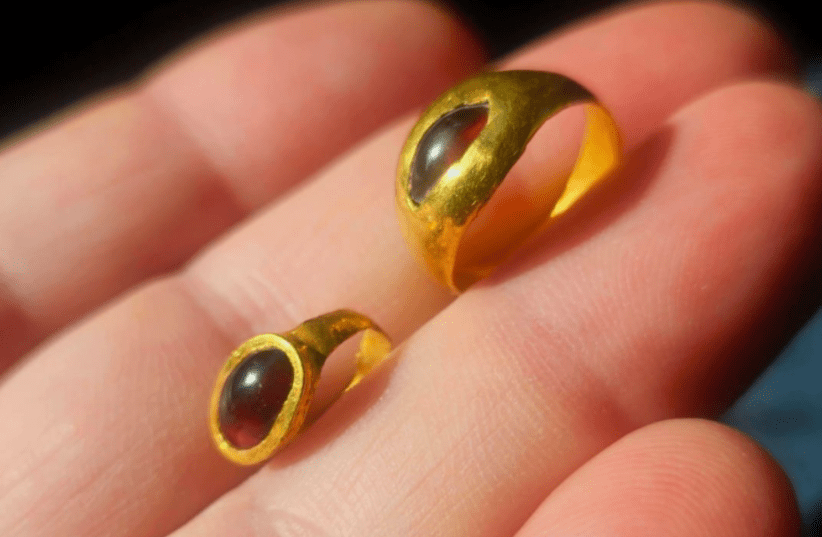
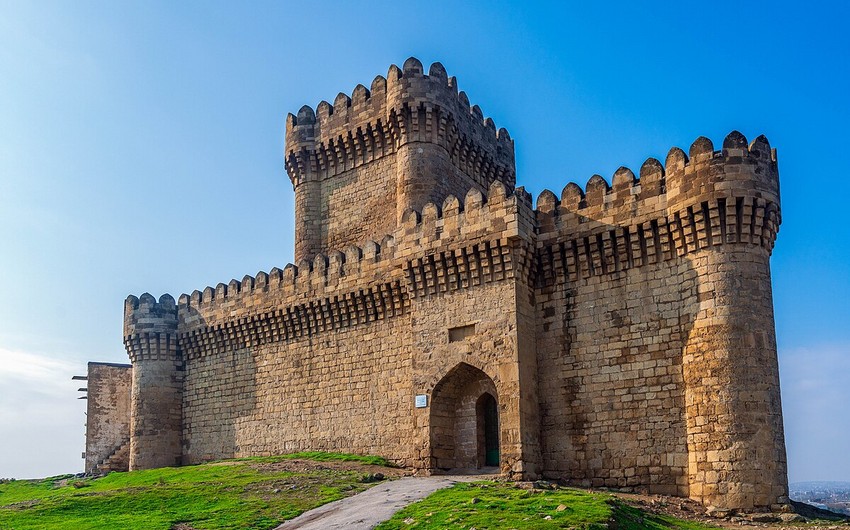
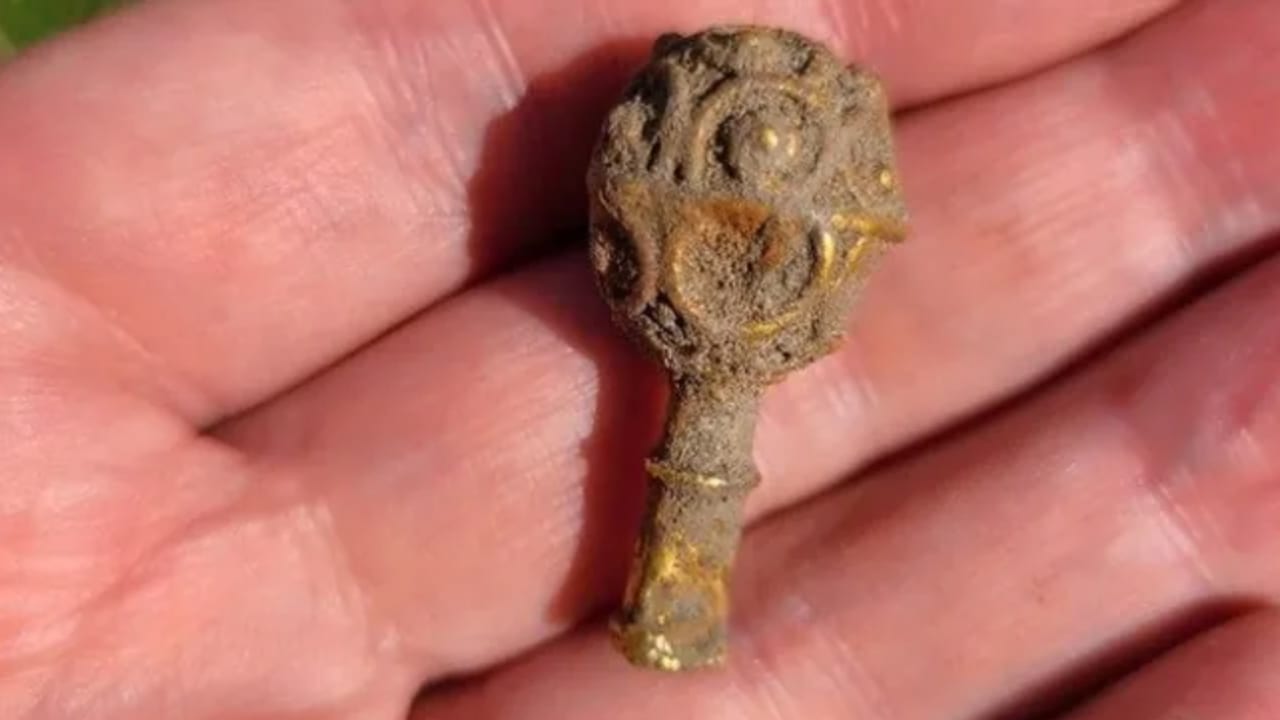
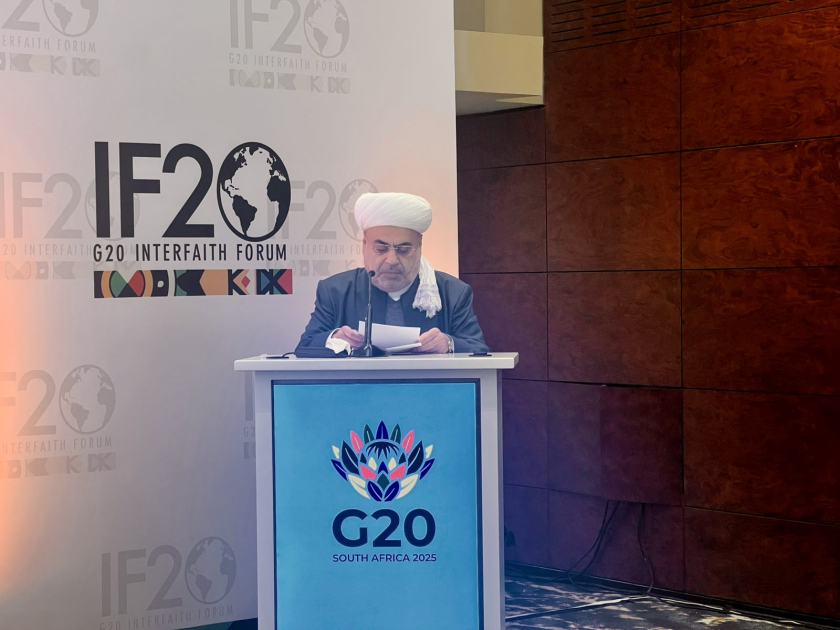

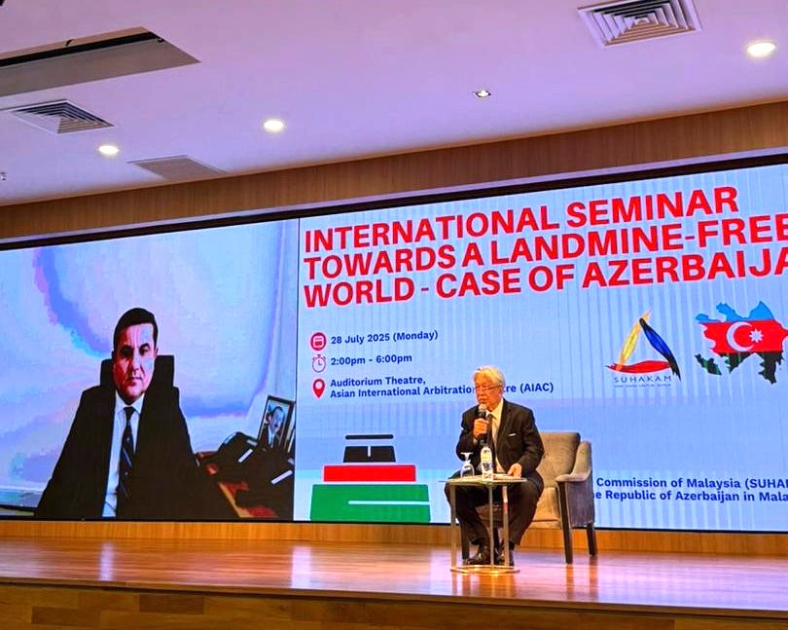

.jpg)
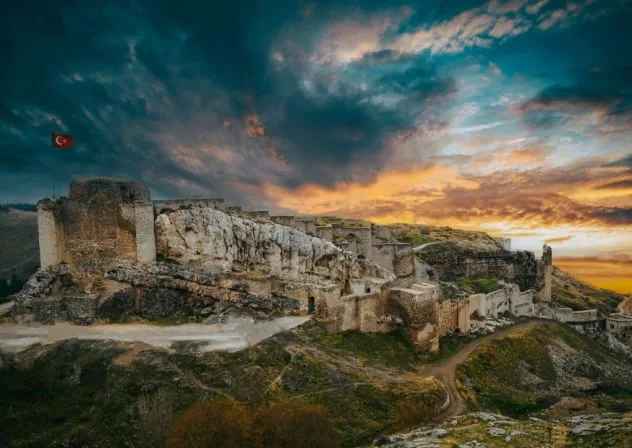
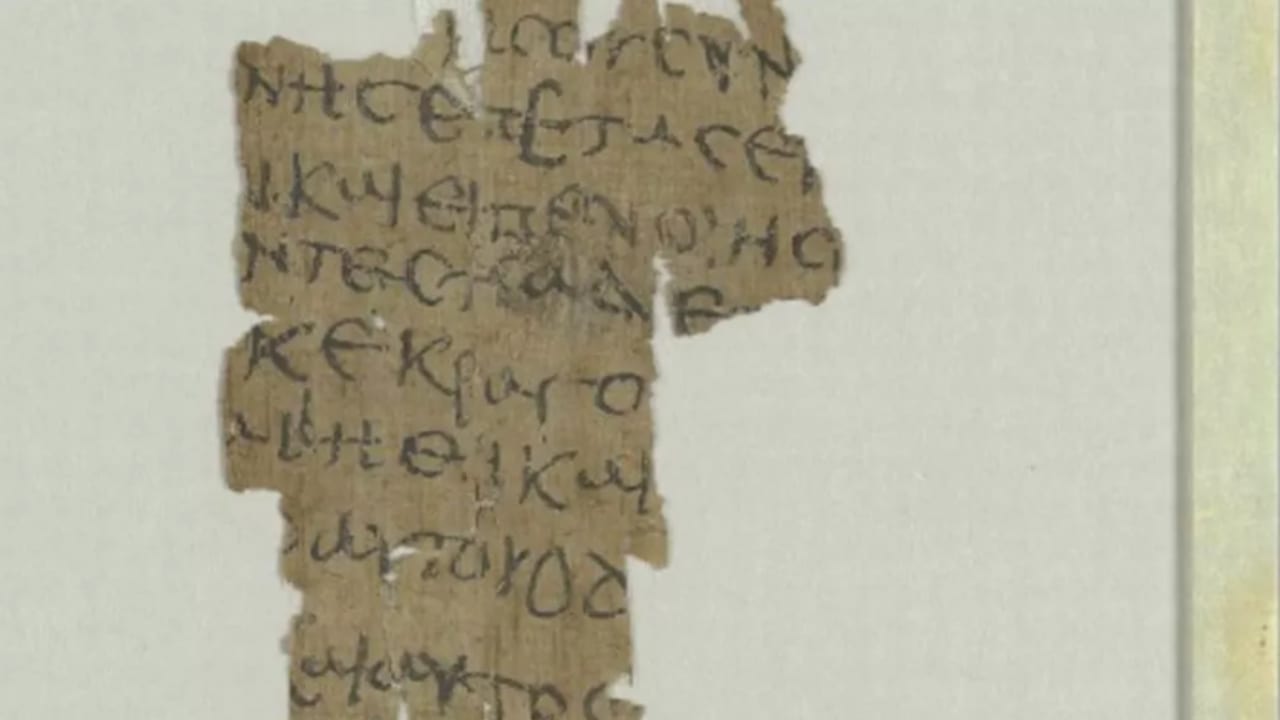
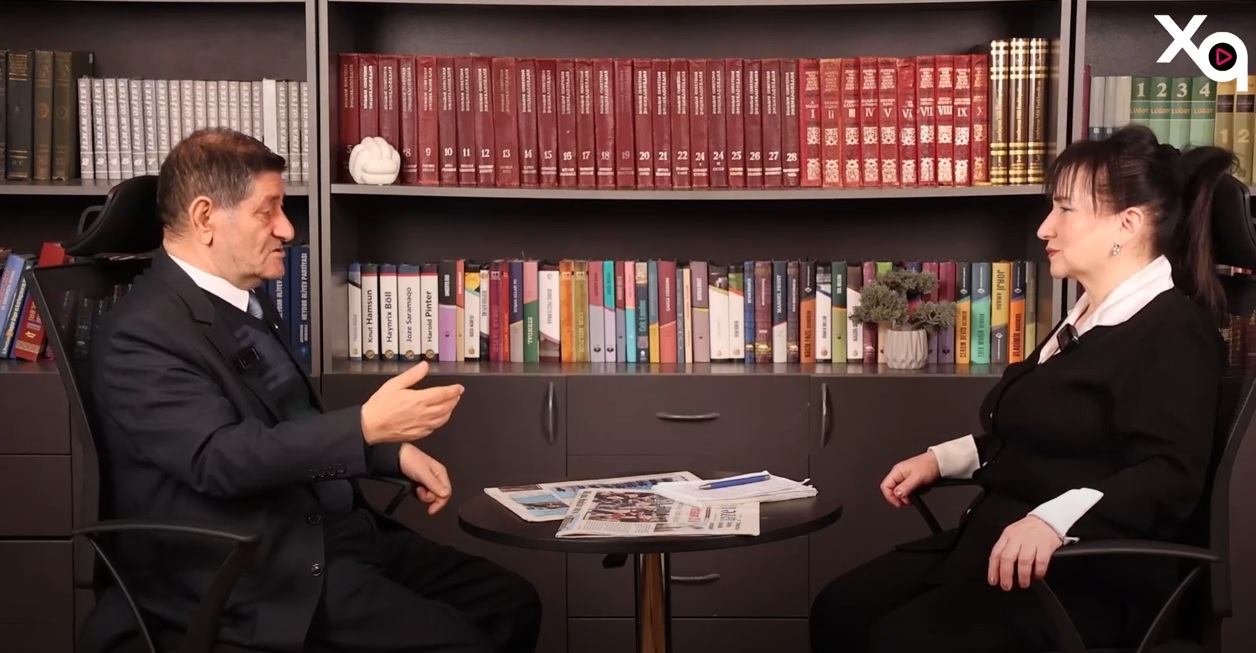
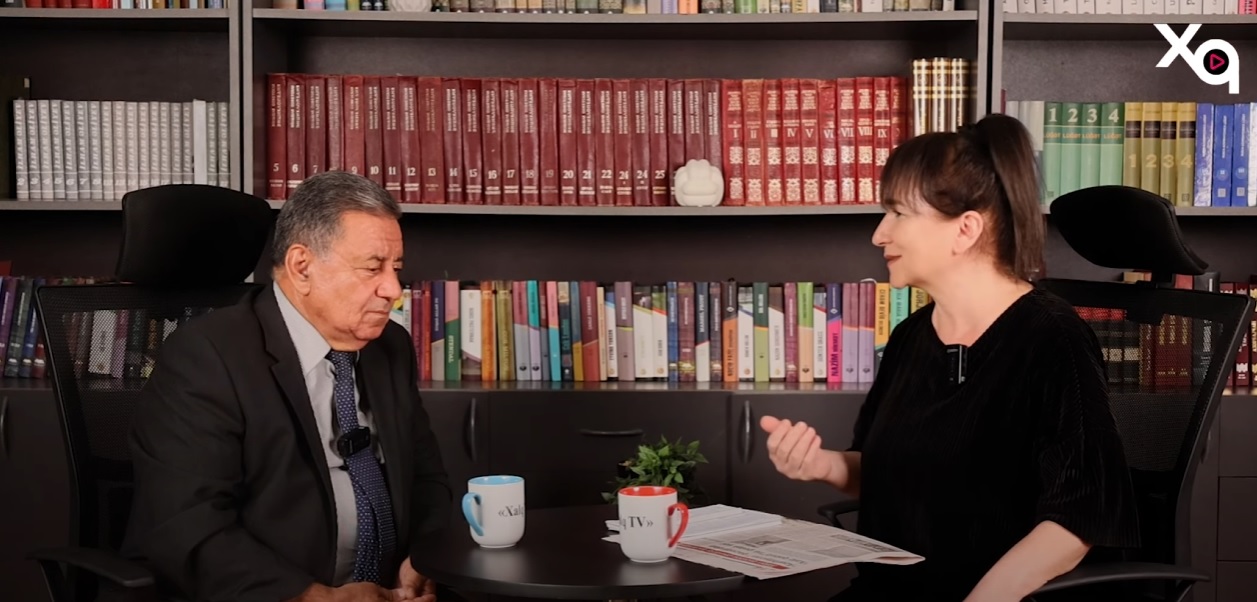
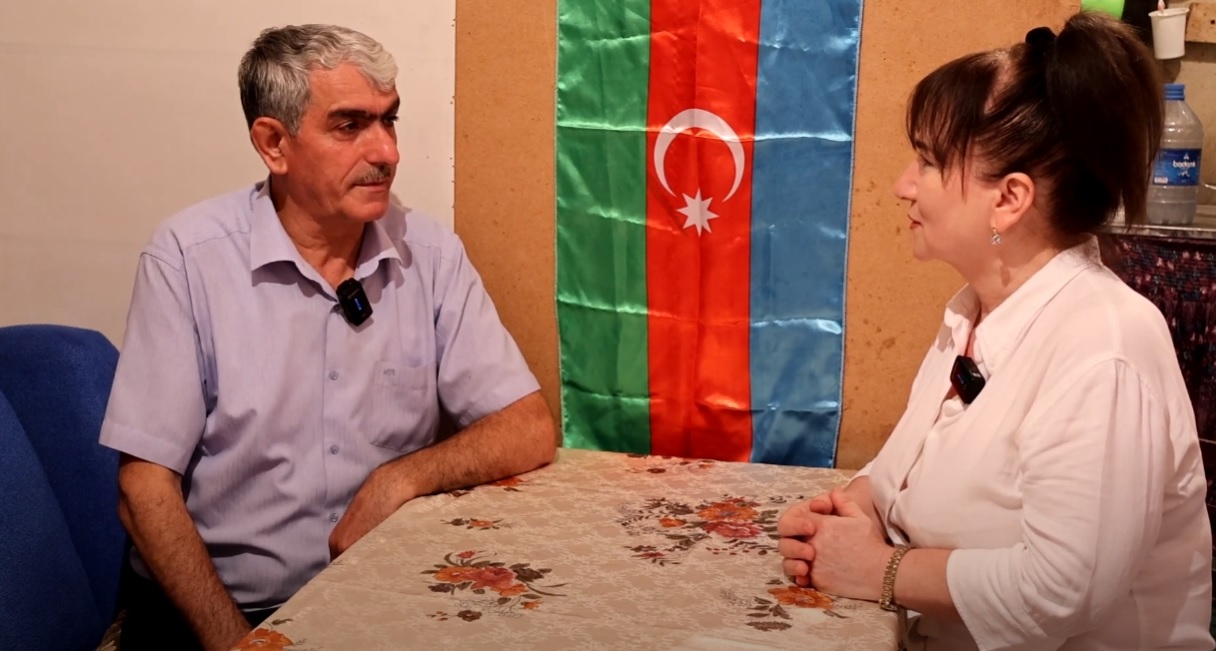
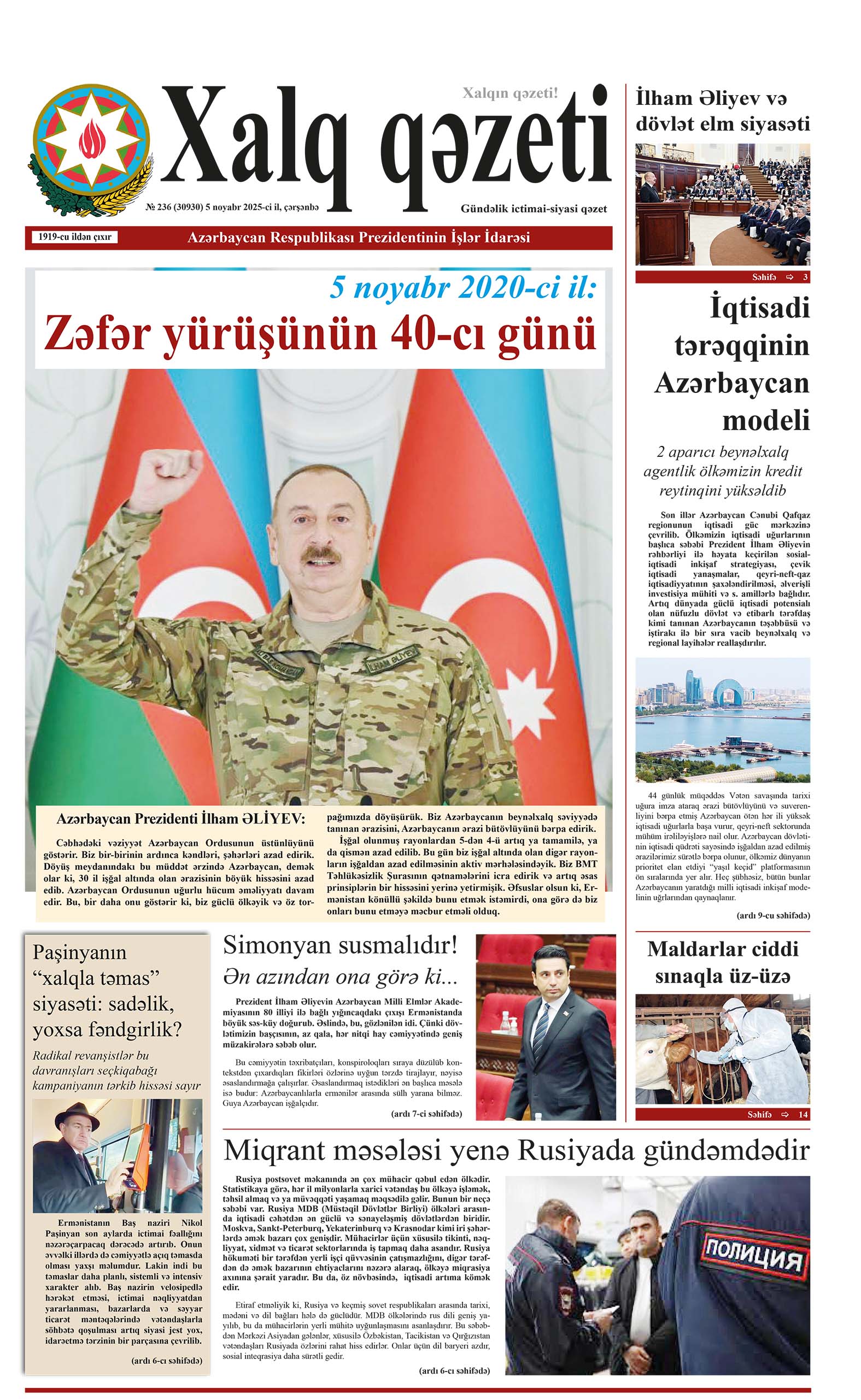
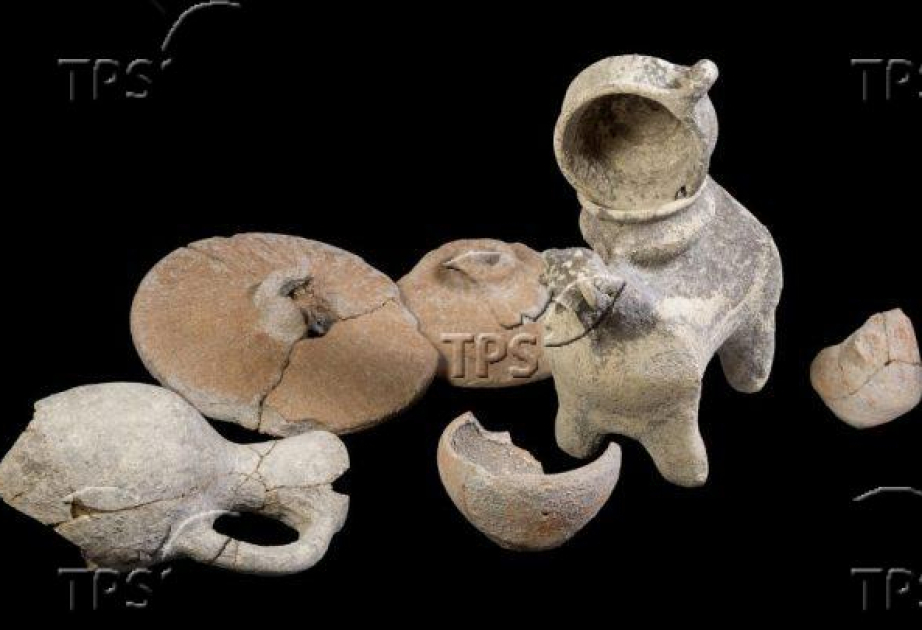

.jpg)

